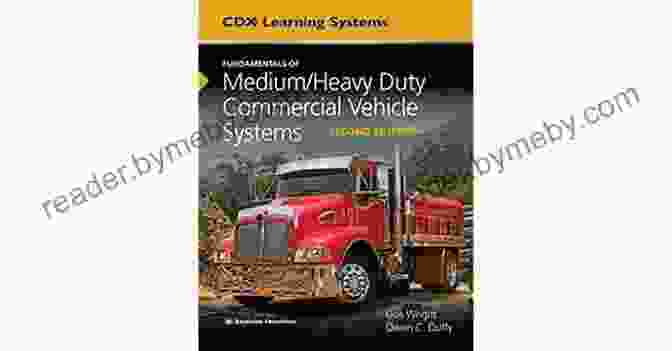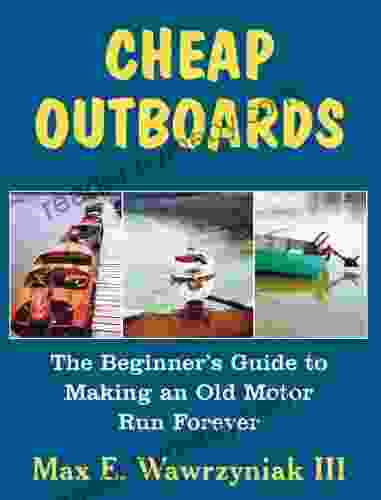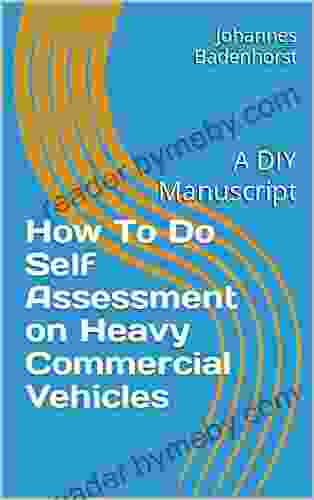Unlock the Secrets of Heavy Commercial Vehicle Self-Assessment: A Comprehensive Guide

In the realm of commercial transportation, maximizing efficiency and ensuring the safety of heavy vehicles is paramount. Self-assessment plays a crucial role in achieving these objectives. "How to Do Self Assessment on Heavy Commercial Vehicles" is a comprehensive guide that empowers you with the knowledge and practical steps to conduct thorough self-assessments. This article delves into the essence of this process, highlighting its significance and providing detailed instructions to help you master the art of self-assessment.
Why Self-Assessment Matters
- Compliance with Regulations: Heavy commercial vehicles are subject to stringent regulations governing their safety, environmental impact, and performance. Compliance through self-assessment ensures adherence to these requirements and minimizes the risk of penalties.
- Enhanced Safety: Regular self-assessments reveal potential hazards, allowing for prompt corrective actions that enhance vehicle safety and reduce the risk of accidents.
- Improved Efficiency: By identifying areas of improvement, self-assessment optimizes fleet operations, resulting in increased fuel efficiency, reduced maintenance costs, and extended vehicle lifespan.
- Continual Improvement: Self-assessment is not a one-time event but an ongoing process that drives continuous improvement, ensuring that your heavy commercial vehicles consistently meet the highest standards.
Step-by-Step Guide to Self-Assessment
- Establish a Baseline: Begin by gathering data on your fleet's current performance metrics, including fuel consumption, maintenance records, accident history, and driver behavior. Establishing a baseline provides a benchmark against which improvements can be measured.
- Define Assessment Criteria: Identify the specific areas that will be assessed. These may include vehicle condition, maintenance practices, driver training, and compliance with regulations.
- Develop Assessment Tools: Create checklists, questionnaires, and inspection forms that will be used to gather data on each assessment criterion.
- Conduct the Assessment: Carry out the self-assessment according to the established criteria. Be thorough in your observations and document all findings accurately.
- Analyze Results: Examine the collected data to identify areas for improvement. Focus on both positive aspects that can be reinforced and areas where performance can be enhanced.
- Develop an Action Plan: Based on the assessment results, develop an action plan that outlines specific steps to address identified weaknesses and leverage identified strengths.
- Implement and Monitor: Put the action plan into practice and monitor its effectiveness. Adjust and refine the plan as needed to ensure continuous improvement.
Essential Considerations for Effective Self-Assessment
- Objectivity and Independence: To ensure impartiality, appoint an independent team or hire external consultants to conduct the self-assessment.
- Employee Involvement: Engage drivers, maintenance personnel, and other stakeholders in the self-assessment process to gain valuable insights and foster a culture of safety and continuous improvement.
- Regularity and Documentation: Conduct self-assessments regularly to track progress and provide a historical record of improvements.
- Use of Technology: Leverage software and mobile apps to streamline data collection, analysis, and reporting.
- Continuous Learning: Stay up-to-date with industry best practices and regulatory changes to ensure that your self-assessment remains relevant and effective.
Benefits of Self-Assessment
- Reduced operating costs
- Enhanced vehicle safety
- Improved fleet efficiency
- Increased compliance
- Improved customer satisfaction
- Enhanced reputation
Self-assessment is an indispensable tool for heavy commercial vehicle operators seeking to enhance safety, improve efficiency, and ensure regulatory compliance. By following the comprehensive guidelines outlined in "How to Do Self Assessment on Heavy Commercial Vehicles," you will be equipped with the knowledge and practical steps to conduct thorough and effective self-assessments. Embrace this transformative process to unlock the full potential of your fleet and elevate your operations to new heights of excellence.
5 out of 5
| Language | : | English |
| File size | : | 1095 KB |
| Text-to-Speech | : | Enabled |
| Screen Reader | : | Supported |
| Enhanced typesetting | : | Enabled |
| Word Wise | : | Enabled |
| Print length | : | 17 pages |
Call to Action
Free Download your copy of "How to Do Self Assessment on Heavy Commercial Vehicles" today and empower yourself with the knowledge and tools to revolutionize your fleet management practices. Contact us for a free consultation and discover how self-assessment can transform your operations and drive your business towards success.

5 out of 5
| Language | : | English |
| File size | : | 1095 KB |
| Text-to-Speech | : | Enabled |
| Screen Reader | : | Supported |
| Enhanced typesetting | : | Enabled |
| Word Wise | : | Enabled |
| Print length | : | 17 pages |
Do you want to contribute by writing guest posts on this blog?
Please contact us and send us a resume of previous articles that you have written.
 Book
Book Novel
Novel Page
Page Chapter
Chapter Text
Text Story
Story Genre
Genre Reader
Reader Library
Library Paperback
Paperback E-book
E-book Magazine
Magazine Newspaper
Newspaper Paragraph
Paragraph Sentence
Sentence Bookmark
Bookmark Shelf
Shelf Glossary
Glossary Bibliography
Bibliography Foreword
Foreword Preface
Preface Synopsis
Synopsis Annotation
Annotation Footnote
Footnote Manuscript
Manuscript Scroll
Scroll Codex
Codex Tome
Tome Bestseller
Bestseller Classics
Classics Library card
Library card Narrative
Narrative Biography
Biography Autobiography
Autobiography Memoir
Memoir Reference
Reference Encyclopedia
Encyclopedia Tim Perse
Tim Perse Laura Sebastian
Laura Sebastian Liz Wiseman
Liz Wiseman Simon C Parker
Simon C Parker Mark Willenbrink
Mark Willenbrink Leila Del Duca
Leila Del Duca Quick Guide
Quick Guide Sandra Day O Connor
Sandra Day O Connor Lisa Stone
Lisa Stone Stephen Brady
Stephen Brady Ranjit Kumar
Ranjit Kumar Magda Romanska
Magda Romanska Spike Carlsen
Spike Carlsen Walt Browning
Walt Browning Sarah Gittins
Sarah Gittins Yogesh Chadha
Yogesh Chadha Michael Chandler
Michael Chandler Patrick Mansell
Patrick Mansell Rebecca Elliott
Rebecca Elliott Peter Hellman
Peter Hellman
Light bulbAdvertise smarter! Our strategic ad space ensures maximum exposure. Reserve your spot today!

 Norman ButlerUnwrap a Magical Christmas with "Big Blue Christmas": The Enchanting Disney...
Norman ButlerUnwrap a Magical Christmas with "Big Blue Christmas": The Enchanting Disney... Billy FosterFollow ·8.2k
Billy FosterFollow ·8.2k Hunter MitchellFollow ·5.6k
Hunter MitchellFollow ·5.6k Norman ButlerFollow ·6.7k
Norman ButlerFollow ·6.7k Wesley ReedFollow ·16.9k
Wesley ReedFollow ·16.9k Devin CoxFollow ·14.1k
Devin CoxFollow ·14.1k Jared NelsonFollow ·10.7k
Jared NelsonFollow ·10.7k Zachary CoxFollow ·3.6k
Zachary CoxFollow ·3.6k Kurt VonnegutFollow ·17.4k
Kurt VonnegutFollow ·17.4k

 Wayne Carter
Wayne CarterThe Beginner's Guide to Making an Old Motor Run Forever
If you're like most...

 Deacon Bell
Deacon BellNepali Adventure: Kings and Elephant Drivers,...
In the heart of the...

 Carlos Drummond
Carlos DrummondThe Romantic Revolution: A Journey Through History and...
Unveiling the...

 Kazuo Ishiguro
Kazuo IshiguroUnlock Your Inner Innovator: Dive into the New Wave...
Embark on a Transformative Journey of...

 William Golding
William GoldingCrazy Horse: The Lakota Warrior's Life and Legacy
In the annals of Native...

 Hector Blair
Hector BlairMildred and Richard Loving: The Inspiring Story of...
Mildred and Richard Loving were an...
5 out of 5
| Language | : | English |
| File size | : | 1095 KB |
| Text-to-Speech | : | Enabled |
| Screen Reader | : | Supported |
| Enhanced typesetting | : | Enabled |
| Word Wise | : | Enabled |
| Print length | : | 17 pages |










